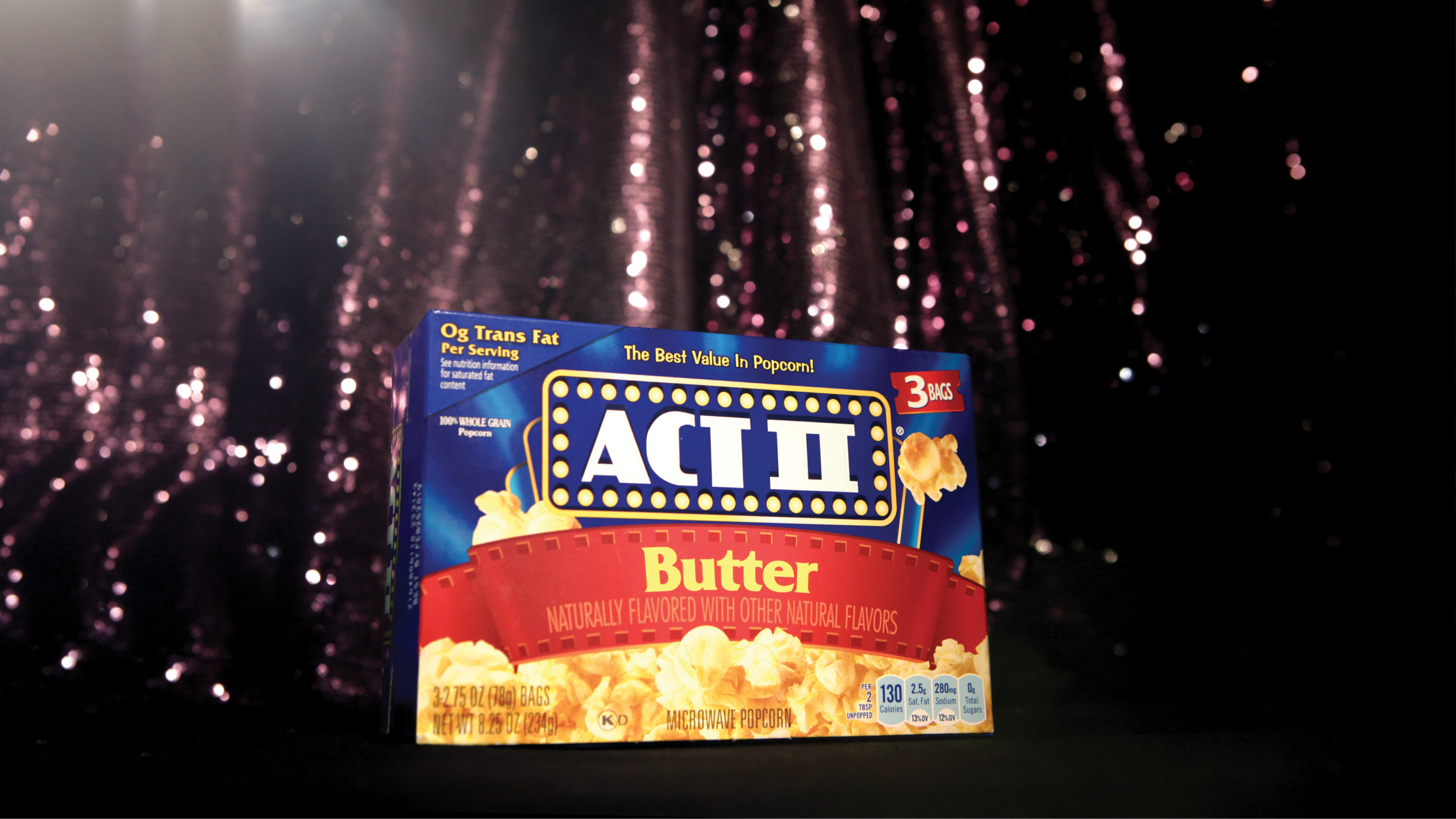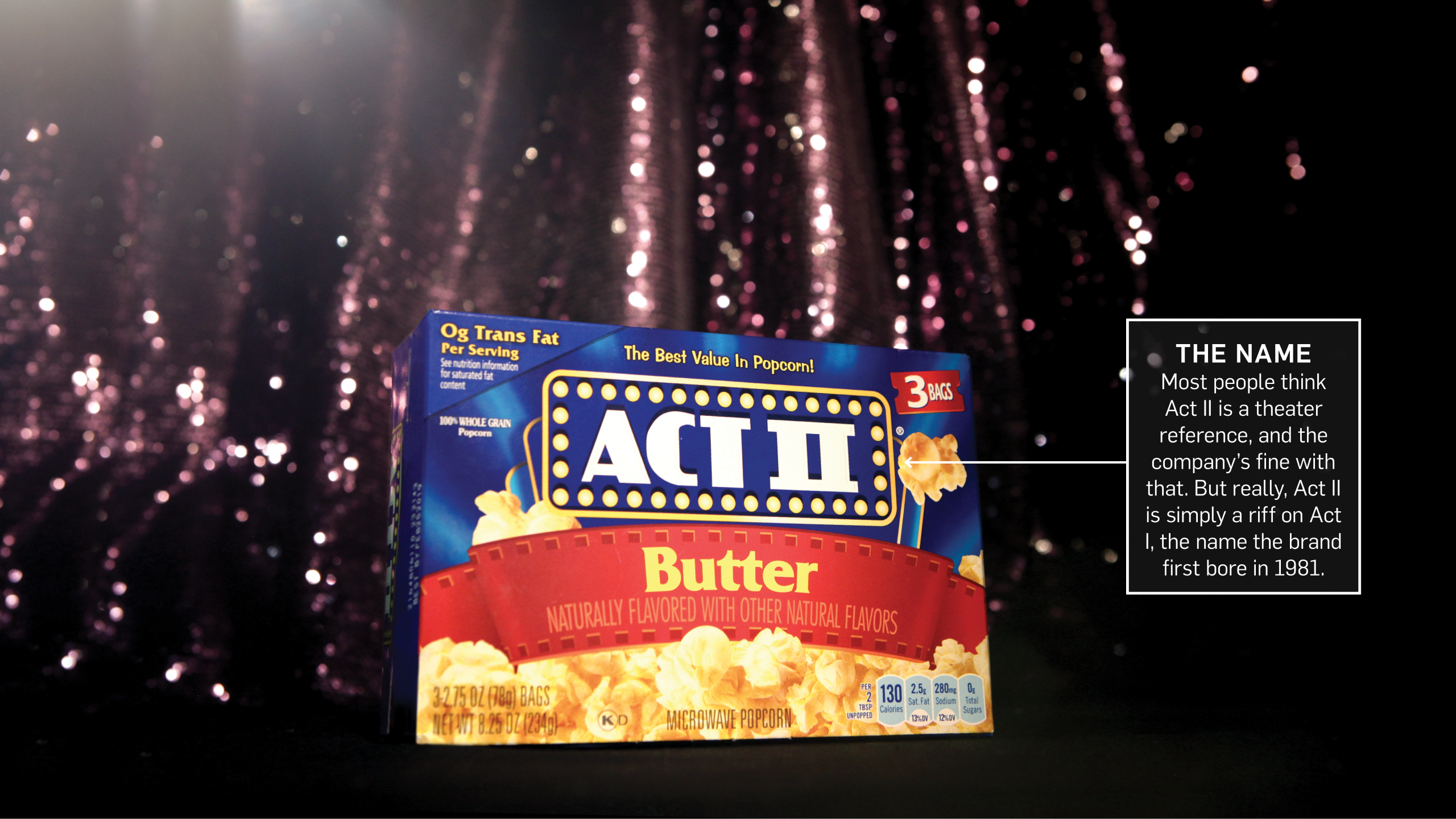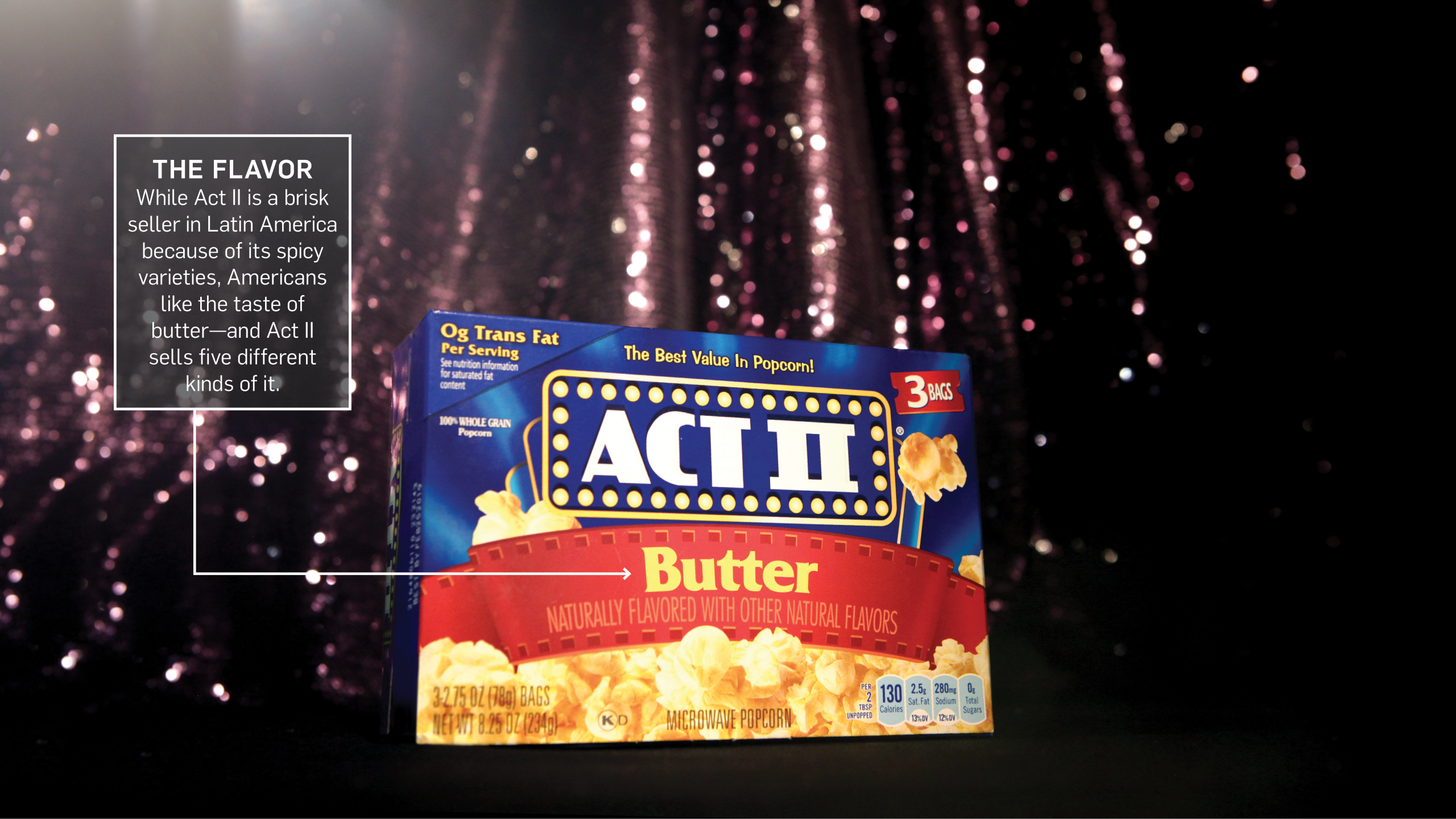Act II's First Act
How a tiny Minnesota company gave America the perfect popcorn for screen-time munching. By Robert Klara






WORK SMARTER - LEARN, GROW AND BE INSPIRED.
Subscribe today!
To Read the Full Story Become an Adweek+ Subscriber
Already a member? Sign in
